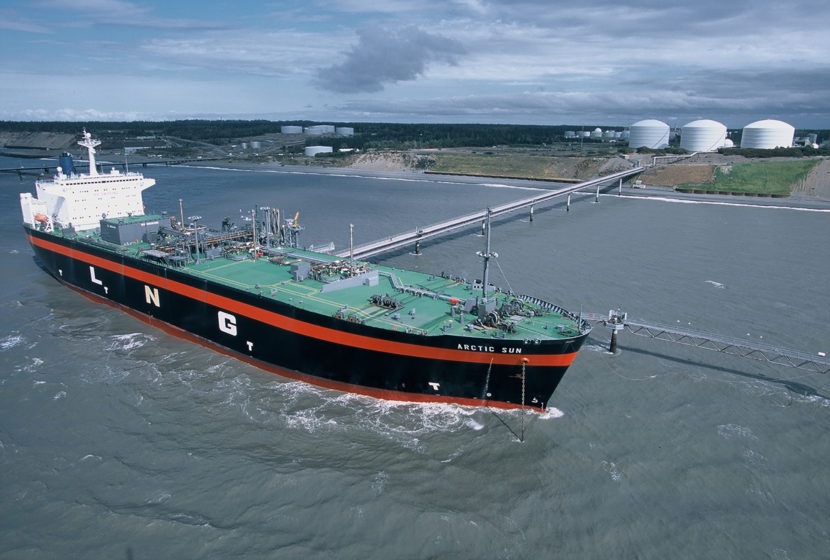
The federal agency leading the environmental review of the Alaska LNG project has released a nearly 3,800-page draft report on its potential impacts.
Staff at the Federal Energy Regulatory Commission, or FERC, have been working in tandem with nine other federal agencies, including the Environmental Protection Agency, Army Corps of Engineers, and U.S. Fish and Wildlife Service to develop the report since 2017 when the state’s gasline corporation filed for a permit to build the $43 billion project.
The Alaska Gasline Development Corporation plans to pipe natural gas more than 800 miles from the North Slope to Nikiski, where it would be liquefied and then shipped off to customers.
Staff at the federal agency found that the Alaska LNG project would have significant impacts on permafrost, wetlands and forest, and that it would likely cause problems for the Central Arctic caribou herd. Constructing and operating the project would likely affect six federally-listed species, including Cook Inlet beluga whales and polar bears. They also said the project could negatively affect housing and public services in some areas.
But they also concluded that the project would have a positive impact on state and local economies.
If everything stays on schedule, the federal commission could vote on the Alaska Gasline Development Corporation’s application by June 2020.
If built, it would be one of the largest LNG projects in the world. But along with final federal approval — the state’s project needs customers, investors and financing to be viable.
The federal agency will take public comments on its draft environmental review through Oct. 3. The agency will hold public meetings in Alaska to go over the report, but it has not yet announced the dates or locations.